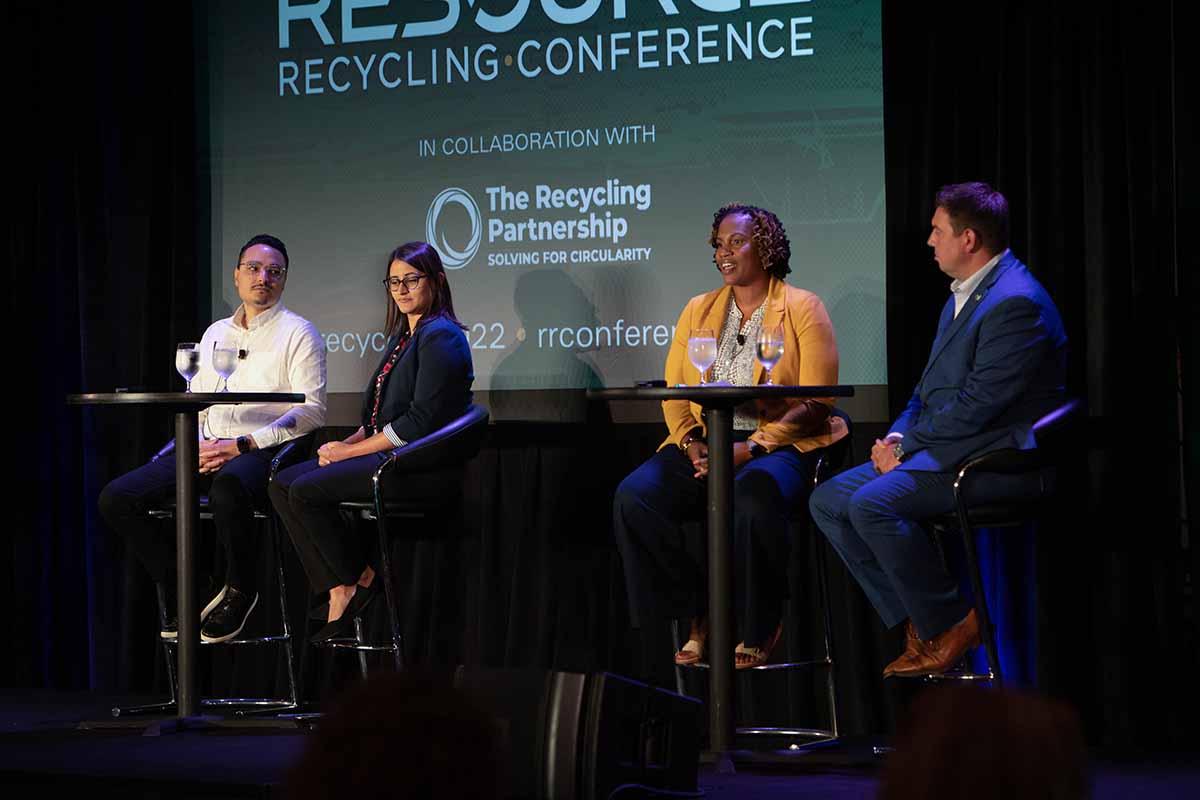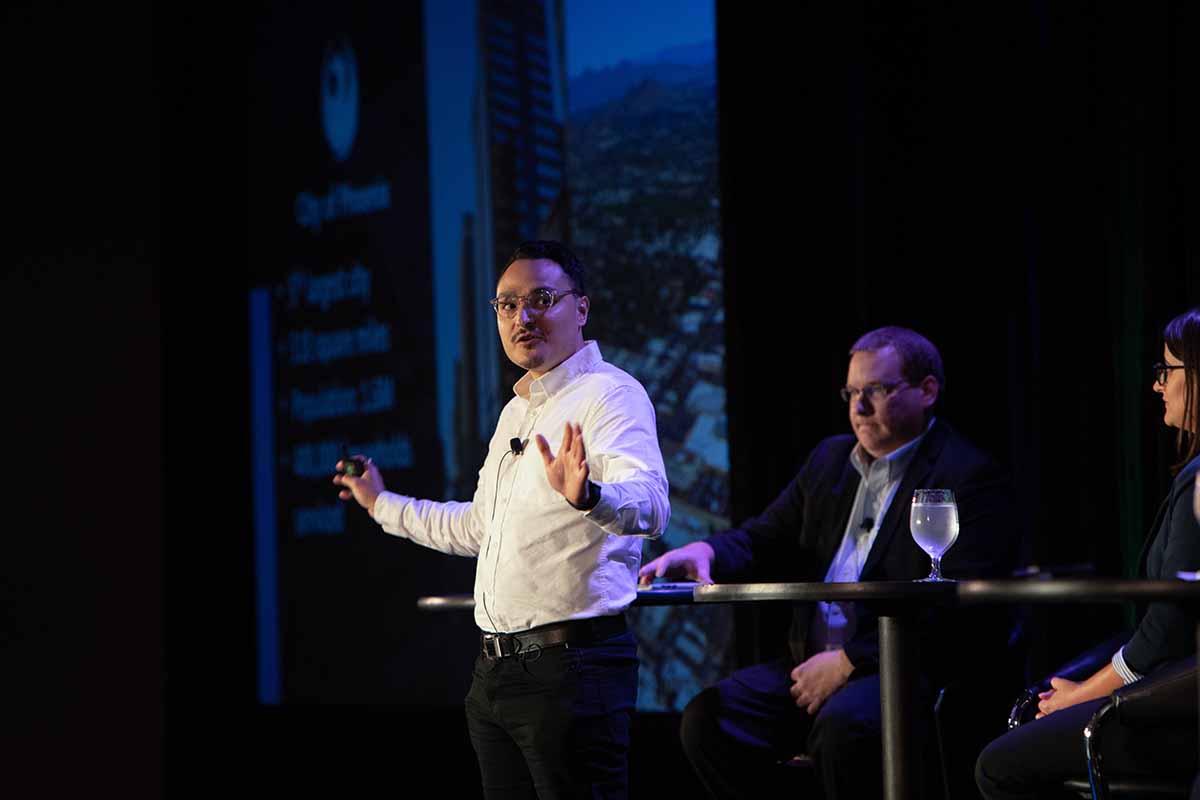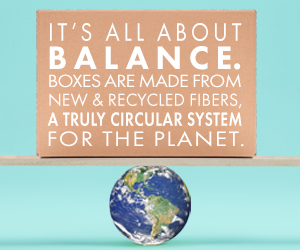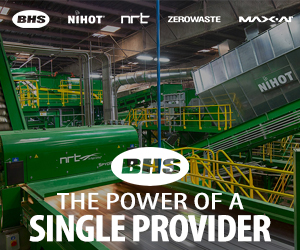
The “Resiliency at the Local Level” session at the 2022 Resource Recycling Conference featured (l to r): Eduardo Rodriguez, Alexis Yaple, Kanika Greenlee and Zach Woodruff. | Big Wave Productions/Resource Recycling, Inc.
Resilience in recycling requires a number of elements: upgrading technology, extending contracts or even buying carts for residents.
Representatives from cities large and small described the efforts they’ve made in the “Resiliency at the Local Level” session, held Aug. 16 as part of the Resource Recycling Conference held Aug. 15-17 in Austin, Texas.
Zach Woodruff, city administrator for Whitehall, Ohio, said that to him, resilience means the city “finally acknowledging we’re not going to do things the way that we used to – we’re really going to change our process to make it more efficient, improve our outcomes and to really work to improve the lives of our residents.”
Kanika Greenlee, executive director of the Keep Atlanta Beautiful Commission, said COVID-19 required resilience because the pandemic “showed you where the cracks are in your system and magnified them.”
In Atlanta, bulk collection had to be suspended and then altered to scheduled drop-offs, and a Recycling Partnership grant-funded program to decrease contamination and increase participation had to be delayed.
However, Greenlee said the city started a partnership with the Foodservice Packaging Institute and added items to its accepted recycling list, such as beverage cups, during the pandemic.
Now, she’s turned her attention to the city’s MRF contract. Currently, it only lasts for a single year, but Greenlee said she wants to get to a three- or five-year contract with renewable options so the city has to focus fewer resources every year on renegotiation.
Planning for the future also meant updating the vehicle replacement plan and doing a study to see how the city could better use its automatic side loaders (ASLs). Greenlee said before, the three ASLs were used as support, because it was assumed that the city’s streets were too narrow to use them fully. However, a feasibility study showed over 80% of Atlanta’s pickup routes would work for ASLs, so now the city has ordered five more and plans to continue growing the number in the fleet.
Greenlee said to address labor shortages, the city also turned to temporary staffing agencies and streamlined its onboarding. It decided to competitively source CDL drivers and create an internal CDL program to encourage people to get certified.

Eduardo Rodriguez speaks about the city of Phoenix’s recent MRF upgrades, with session moderator Craig Wittig and city of Phoenix colleague Alexis Yaple listening on. | Big Wave Productions/Resource Recycling, Inc.
Upgrades in Arizona
In one of America’s largest cities, resiliency takes the form of MRF upgrades and virtual education programs. Eduardo Rodriguez, operations manager for the city of Phoenix, said in 2019 the city decided to conduct a $4.5 million upgrade to its North Gateway MRF.
That project added anti-wrap disc screens, a drumfeeder, paper and PET opticals and a ballistic separator. It also repurposed an old PET optical for PP and expanded the presort line.
“During those times it was very challenging, especially when there was no market for it, but we felt very strongly that this was the way to go,” he said. “We couldn’t just let go of recycling.”
That upgrade ended up helping the city weather the COVID-19 years, during which time it saw a 20% increase in inbound recycling just after it shut down another city MRF on 27th Avenue to replace it with a new facility.
Phoenix processes its own recycling and that of five other cities, but was “able to handle that material very easily,” Rodriguez said. “We had the capacity.”
Alexis Yaple, zero waste coordinator for Phoenix, said her team of six educators switched from reaching 20,000 people face-to-face per year through MRF tours, tabling events and presentations to a digital strategy.
They created a site called recycle+ with virtual tours of MRFs and compost facilities, webinar series and virtual presentations in Spanish and English. They also launched the “Recycle Right Wizard” in collaboration with 10 other cities in the area, which allows people to search for a given material and receive instructions for how to handle it.
“Inbound questions to the call center decreased when we started using it,” Yaple said of the wizard, adding that “on the back end you have a lot of stats so you can see what people are searching for and target your marketing.”
The city is also creating a resource innovation campus on 40 acres at the new 27th Avenue MRF. Yaple said it will help the city process material on site by partnering with other local businesses.
Phoenix leaders also decided early on that it wanted to own all its infrastructure, Rodriguez said. It does a revenue split with its processor that gives the city 88%, and ownership also gives Phoenix flexibility.
“The big benefit that we’re seeing for that is we’re in control of what needs to be changed in the equipment,” Rodriguez said. “So if we need to upgrade to meet new specifications, we have that control.”
Looking forward, the city left space to add other bunkers for different materials as markets change and is looking into AI.
Convincing Ohio community to use carts
In Ohio, Woodruff helped roll out trash and recycling carts, instead of letting residents supply their own or, more typically, pile garbage bags up by the side of the road.
That 2020-2021 transition to a volume-based system for solid waste and recycling gave residents an incentive to recycle and reduce, Woodruff said, as it used a tiered pricing system.
“It’s similar to other utilities,” he said. “You pay for the amount of water you use, you pay for the amount of electricity we use,” and now residents pay for the size of trash bin they use.
All residents got a trash and recycling cart, which the city paid for through a five-year financing plan and grants from the Solid Waste Authority of Central Ohio (SWACO) and The Recycling Partnership. Woodruff said the city also got a one-time SWACO grant for the transition.
He said there’s a savings of about $7,300 per year by switching to volume-based service, and participation in recycling grew from 26% to 95%. Solid waste going to landfill was reduced by 25%, and the city has less litter now.
Woodruff said while there was a lot of original frustration from residents who did not want to change, “now if we were to go back the opposite way, I know there would be as much pushback.”
“I would like to see more communities do what we’re doing but I don’t know that a lot of people have that will to do something different,” he added.
More stories about local programs
- Interstate Waste buys North Atlantic in Connecticut
- Iowa firm recycles wind turbine blades into concrete
- California’s 2024 carpet recycling rate exceeds annual goal



